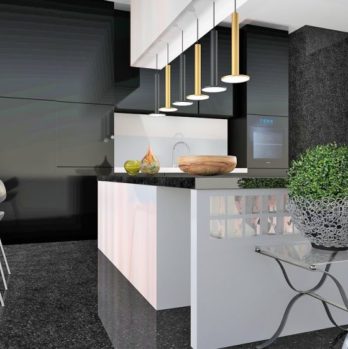Renovate your Wicker Furniture: A Comprehensive Guide

Introduction:
Renovating wicker furniture is an excellent way to breathe new life into your outdoor or indoor spaces. In this article, we will provide an in-depth overview of renovating wicker furniture, including its different types, popular choices, and quantitative measurements. We will also discuss the variations in renovating techniques and explore the historical pros and cons associated with this craft.
1. Understanding Wicker Furniture Renovation:

Renovating wicker furniture involves restoring its aesthetics, functionality, and durability. This process typically includes cleaning, repairing, repainting, and applying protective coatings. By renovating your wicker furniture, you can prolong its lifespan and ensure it continues to be a beautiful addition to your space for years to come.
2. An Extensive Presentation of Wicker Furniture Renovation:
a) Types of Wicker Furniture: There are two main types of wicker furniture – natural wicker and synthetic wicker. Natural wicker is made from natural materials such as rattan, bamboo, or reeds, while synthetic wicker is typically crafted from resin or plastic materials. Discuss the characteristics, pros, and cons of each type, highlighting their popularity in different settings.
b) Steps involved in Wicker Furniture Renovation: Provide a step-by-step guide on how to renovate wicker furniture, including cleaning techniques, repairing or replacing damaged parts, repainting, and applying protective coatings. Incorporate bullet points to enhance readability.
c) Popular Wicker Furniture Renovation Ideas: Showcase popular renovation ideas for wicker furniture, such as adding new cushions, updating the color palette, or incorporating stylish accessories and decor pieces. These ideas will help readers envision ways to personalize their own wicker furniture.
3. Quantitative Measurements for Wicker Furniture Renovation:
a) Evaluating Wicker Furniture Condition: Explain how to assess the condition of wicker furniture, including factors like cracks, loose weaves, paint peeling, and overall stability. Provide a checklist or specific measurements to ensure readers can accurately determine the extent of their renovation needs.
b) Choosing the Right Materials: Discuss the quantifiable aspects of choosing suitable renovation materials. This may include measurements for proper paint application, the amount of resin required for repairs, or the thickness of protective coatings. These measurements will help readers make informed decisions and achieve professional-grade results.
4. Exploring the Differences in Wicker Furniture Renovation Techniques:
Highlight the notable differences between renovating natural wicker and synthetic wicker furniture. Discuss variations in cleaning methods, repair techniques, and paint application. By understanding these differences, readers can tailor their renovation approach based on the type of wicker furniture they own.
5. A Historical Review of Pros and Cons:
Provide a historical perspective on the pros and cons of renovating wicker furniture. Explore how advancements in materials and techniques have influenced the durability, appearance, and maintenance requirements over time. This section will help readers understand the evolution of wicker furniture renovation and make informed decisions.
Conclusion:
Renovating rotting furniture offers an opportunity to revive its charm and functionality. By following the comprehensive steps and utilizing the appropriate materials, you can successfully renovate wicker furniture. Whether it’s natural wicker or synthetic wicker, engaging in this craft allows you to preserve the beauty of your furniture while adding your unique touch.
By understanding the differences between types, measuring properly, and being aware of historical pros and cons, you can confidently embark on your wicker furniture renovation journey. Enjoy the process of transforming your beloved pieces and create a beautiful, long-lasting result.
References:
(Include any references used to gather information about wicker furniture renovation techniques, materials, and historical perspectives.)











